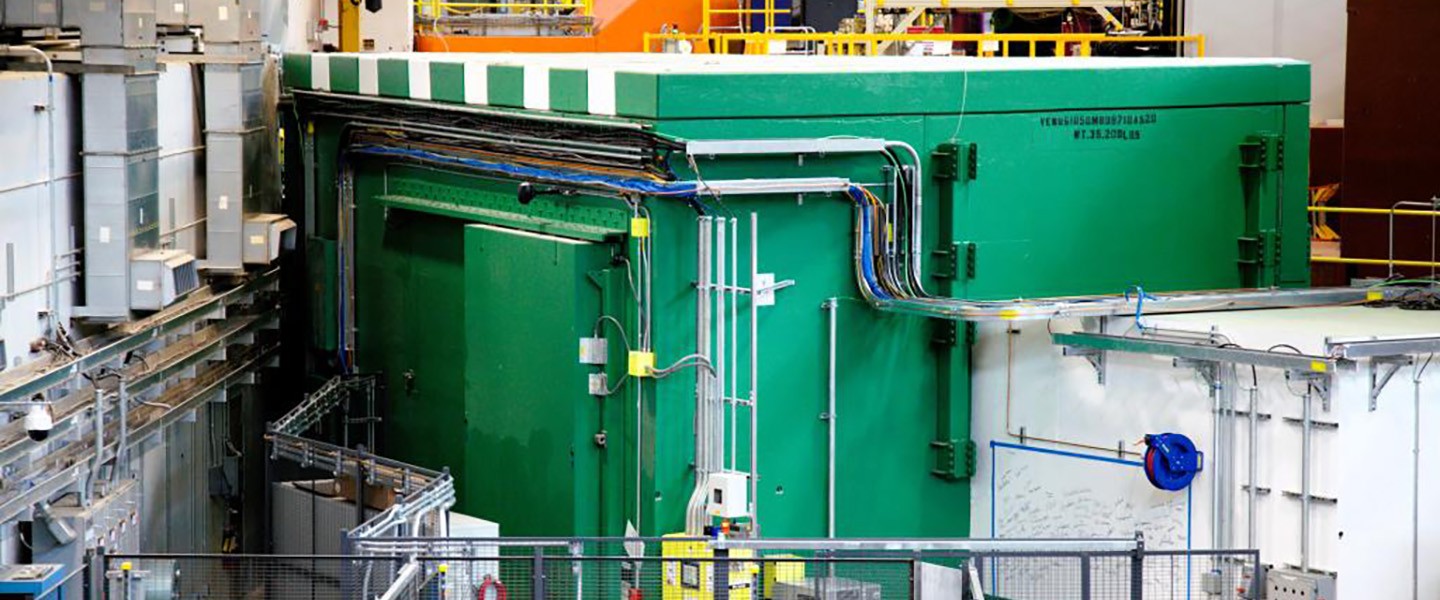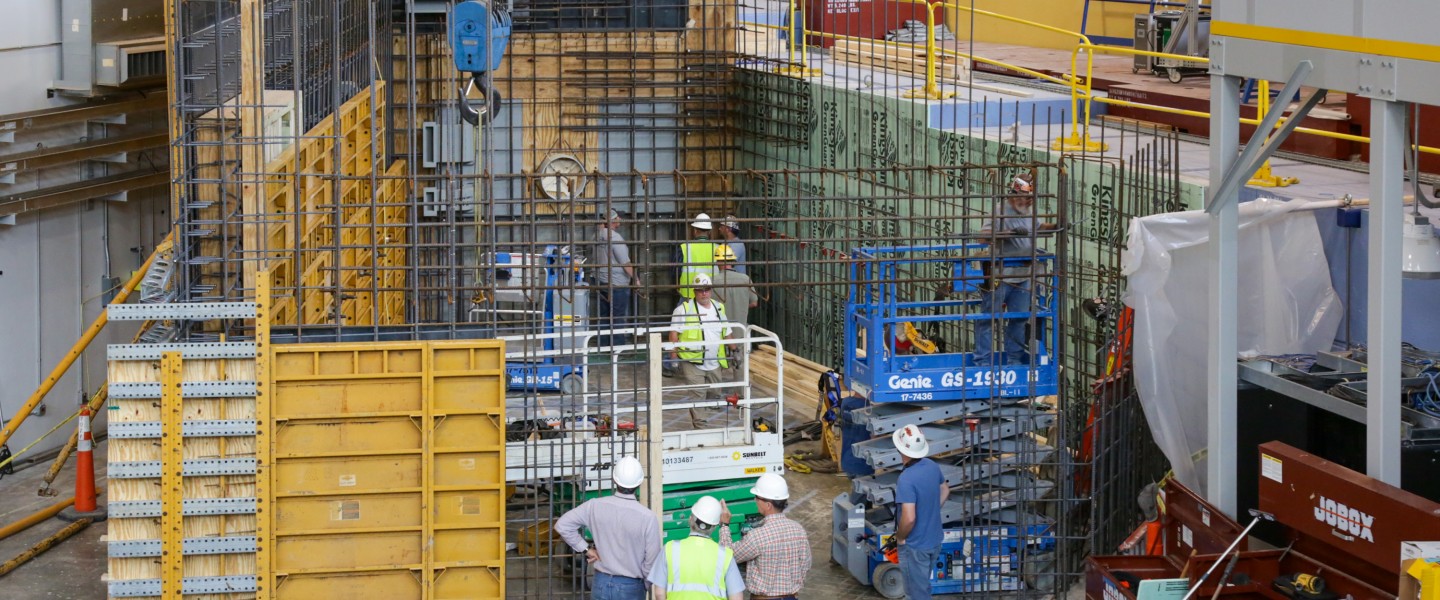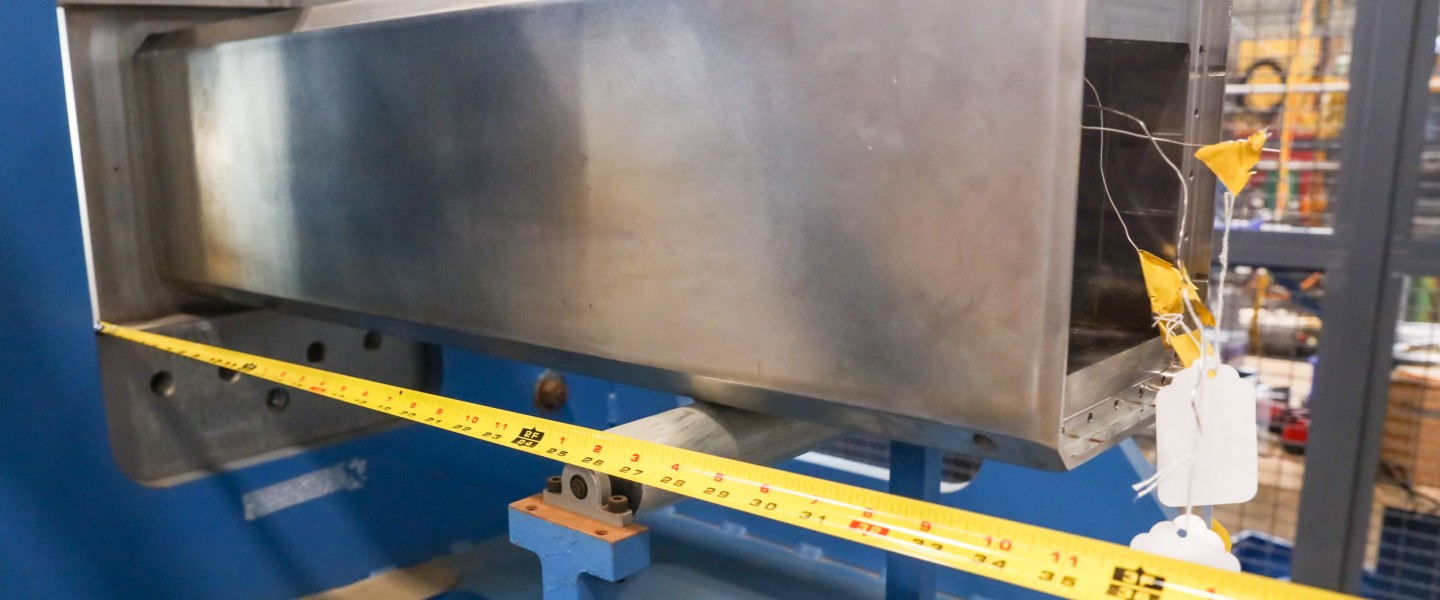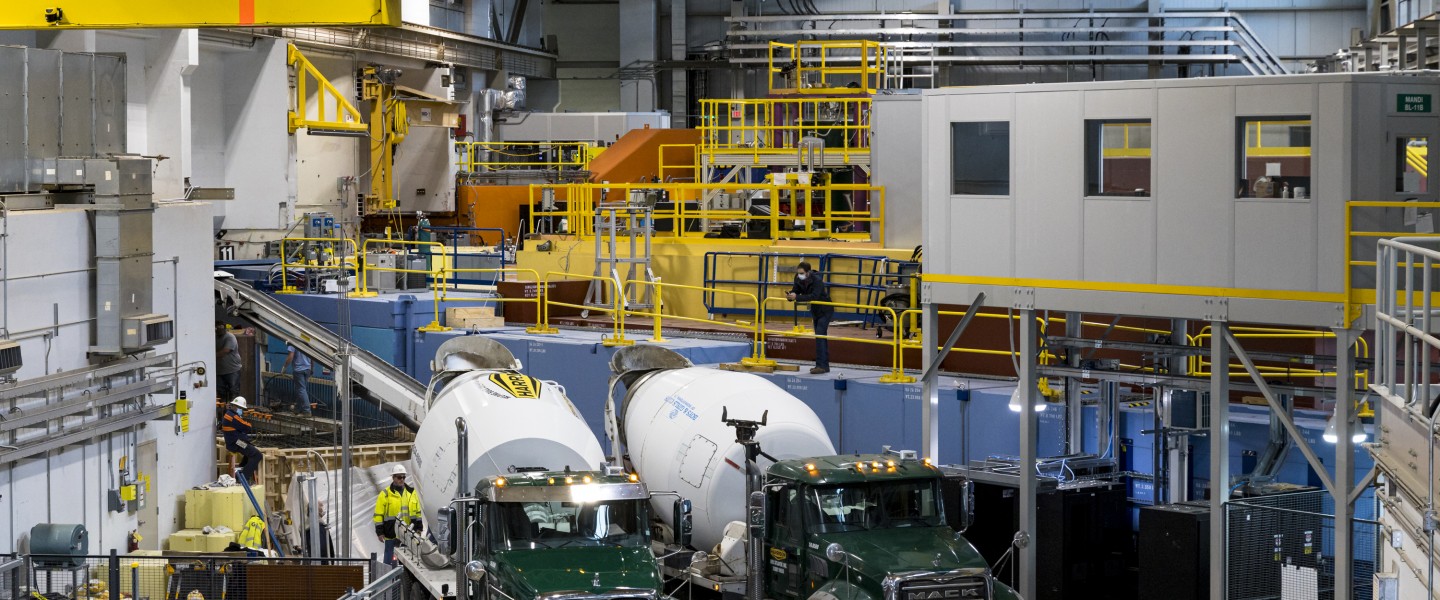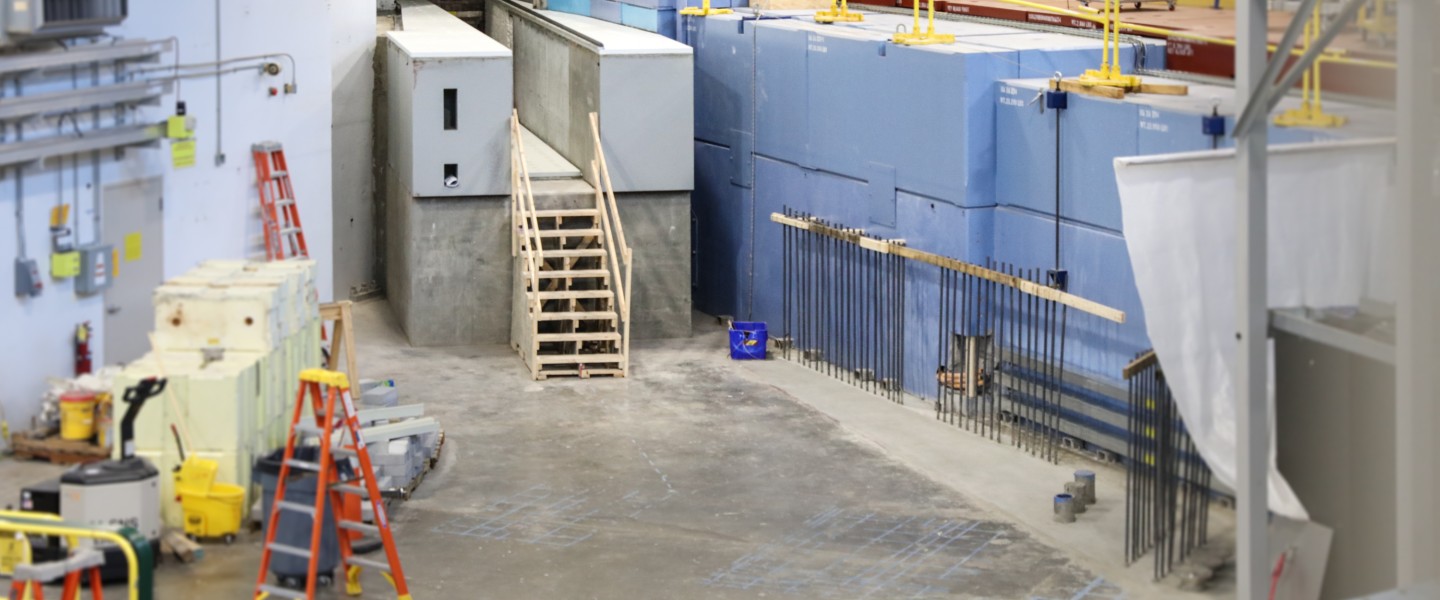VENUS time-of-flight neutron imaging beamline
The VENUS instrument is one of the most state-of-the-art beamlines for neutron imaging that will enable exciting new ways of studying a wide range of diverse materials for research programs in the U.S. It will be open to the general user program in 2025.
Neutron imaging is a powerful technique used to generate pictures of the internal structure of materials. The images, called radiographs, are similar to clinical x-rays that use contrast variations to reveal the internal structure of objects as neutrons are absorbed or deflected by different atoms inside a material.
Whereas the MARS imaging beamline at the High Flux Isotope Reactor (HFIR) utilizes a steady-state or constant beam of neutrons, VENUS will feature time-of-flight capabilities enabled by the pulsed-beam accelerator of the SNS. Leveraging the time-of-flight capability, VENUS combines the properties of transmission and sensitivity to elements and crystalline structures that will allow users to collect data on both the structure and behavioral dynamics of materials at the atomic scale.
For more information regarding VENUS, visit the instrument page.
VENUS time lapse
VENUS cave door test


